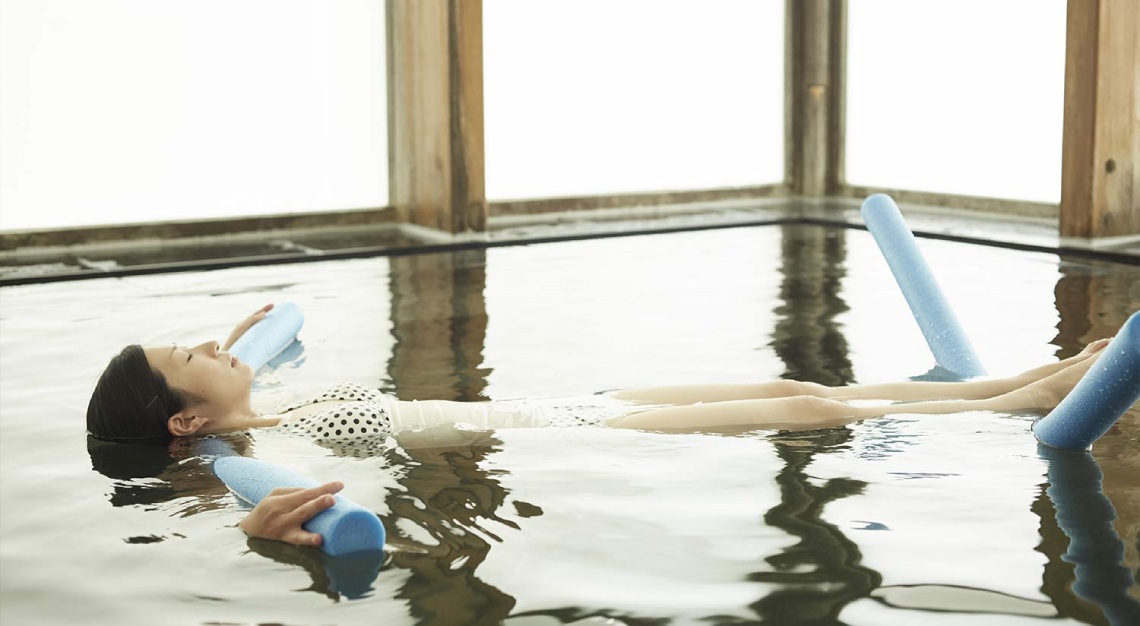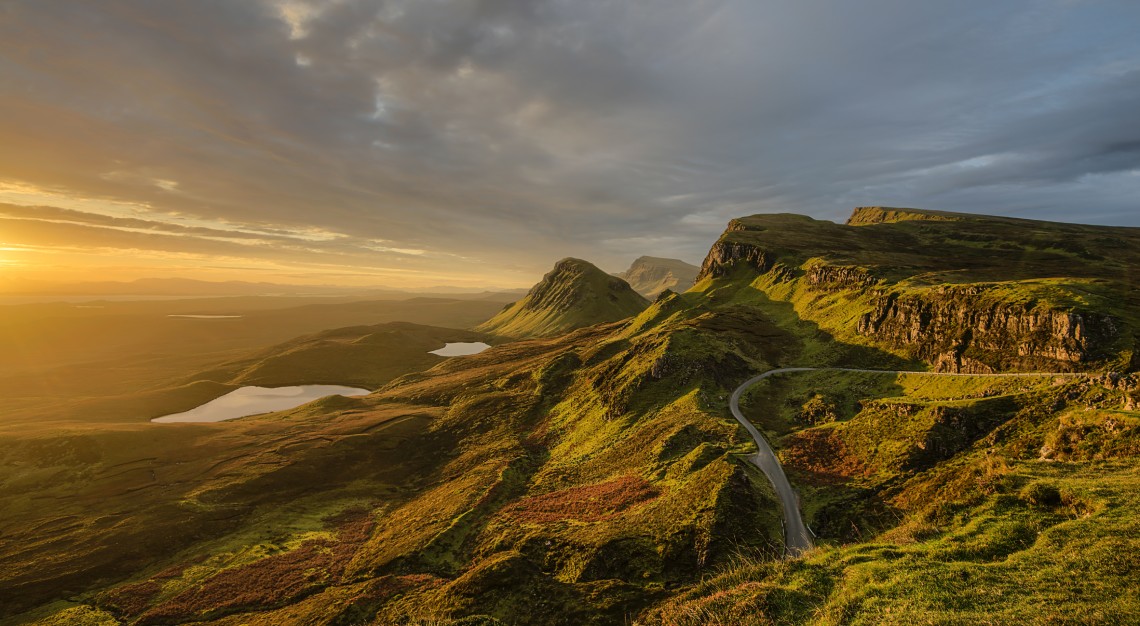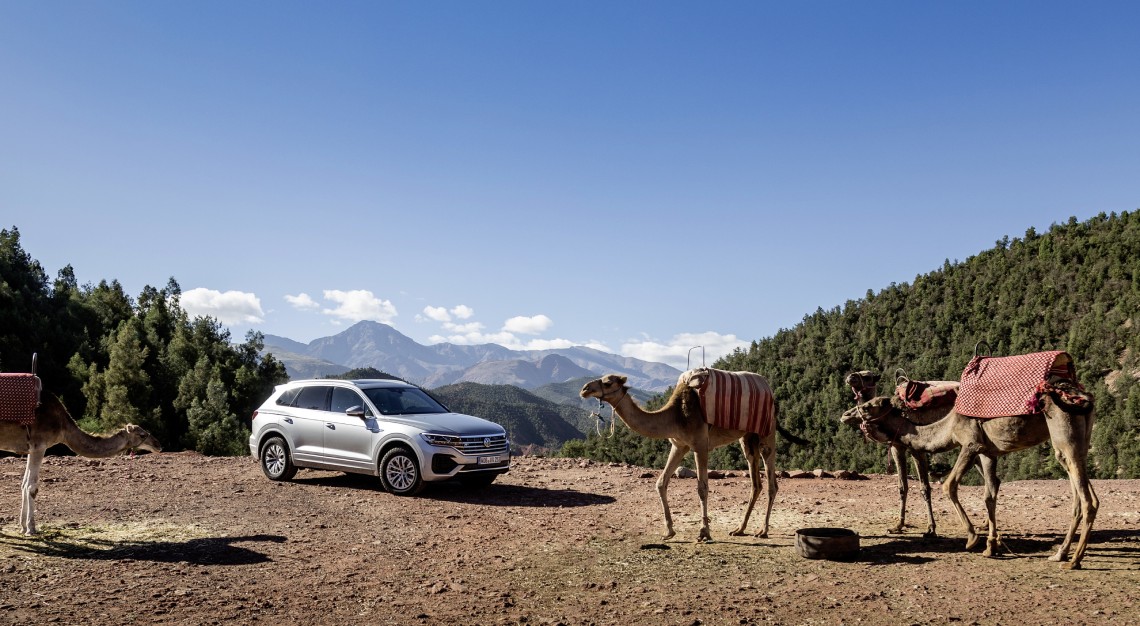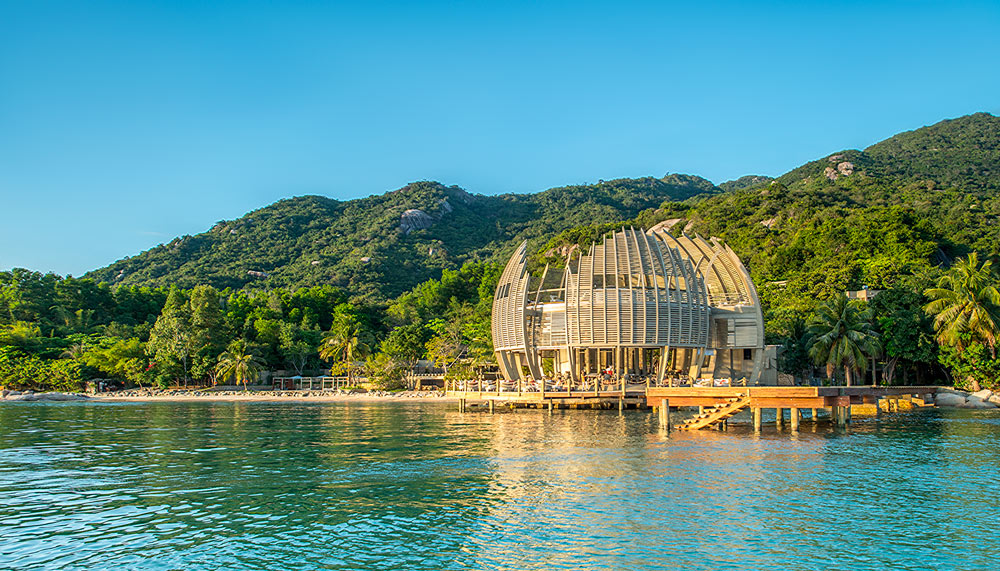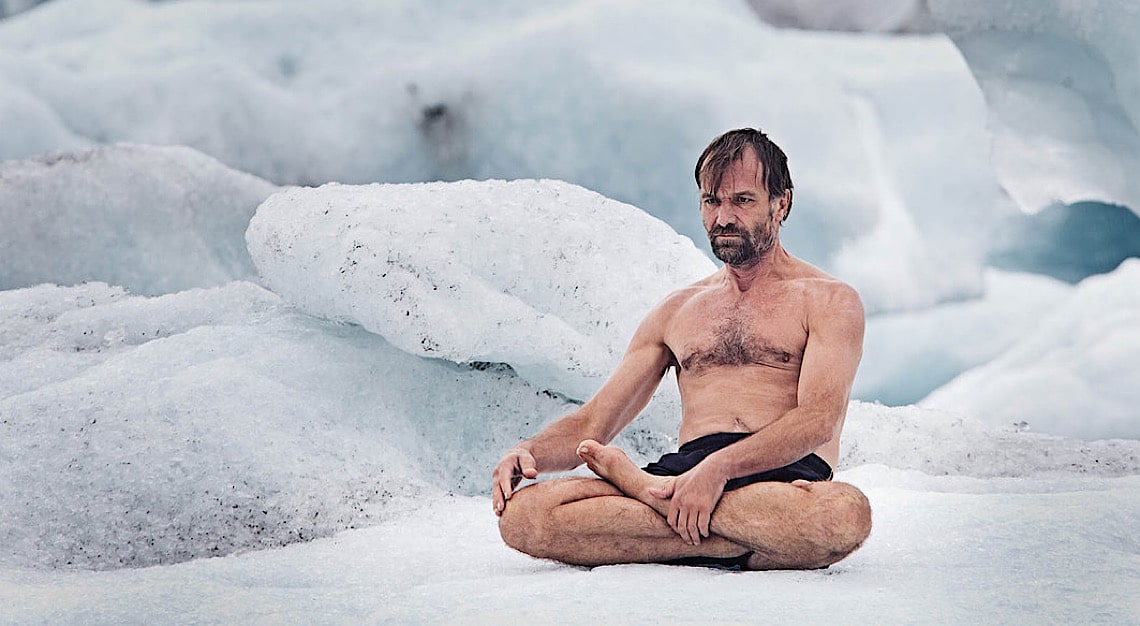In pursuit of a sound mind and an active, resilient body, should we be turning towards technology for the answers or away from it? Renyi Lim weighs 2020’s most exciting high- and low-tech wellness trends
At the turn of the decade, one thing is clear: we are ruled by technology more so than before. As onerous as this might sound – for it’s been held responsible for a range of maladies such as eye strain, musculoskeletal complaints and sleep disruption – new technological developments play a large part in propelling the wellness industry forward.
Virtual reality to shape your reality
The concept of using technology to induce relaxation might sound contradictory, but high-end spas in the UK, including Dormy House and The Savoy, have embraced The Mindful Touch, a virtual reality spa experience by Spanish skincare brand Natura Bissé. Positing itself as ‘an industry game-changer’, The Mindful Touch incorporates a VR headset as part of a spa treatment (be it a massage or facial), where guests will watch a virtual reality video and listen to an audio narrative. It’s a fully immersive experience that invites the wearer to focus on his breath and the sensations in his body, accompanied by shifting, soothing visuals that quieten any nagging thoughts of his own.


Listen to your body
But technology has far more healing potential than simply serving as a distraction. In skilled hands, such as those of neuroscientist and mind-body expert Dr Claudia Aguirre of the spa at Six Senses Kaplankaya in Turkey, it is a remarkably effective tool that produces illuminating diagnoses and equally remarkable solutions. Guests begin their personalised programme with a wellness screening that utilises an Electro Interstitial Scan-Galvanic Skin system, which measures the flow of an electric current through the interstitial fluid between the body’s cells. This reveals key physiological biomarkers, which – alongside a skin and sleep analysis – allows for a precision-based wellness strategy.

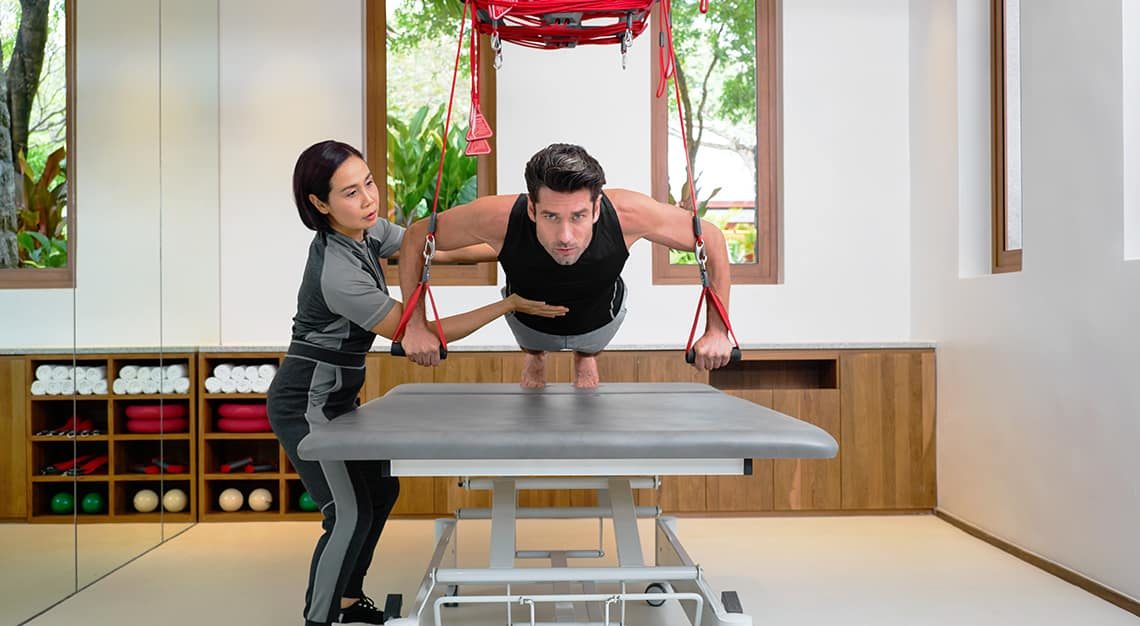
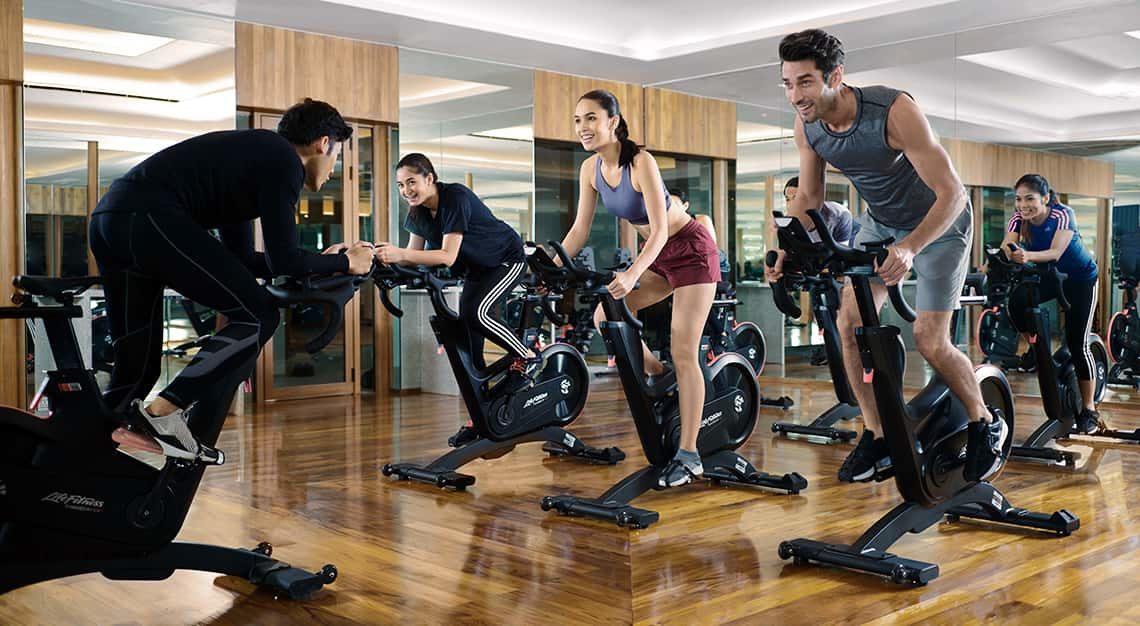
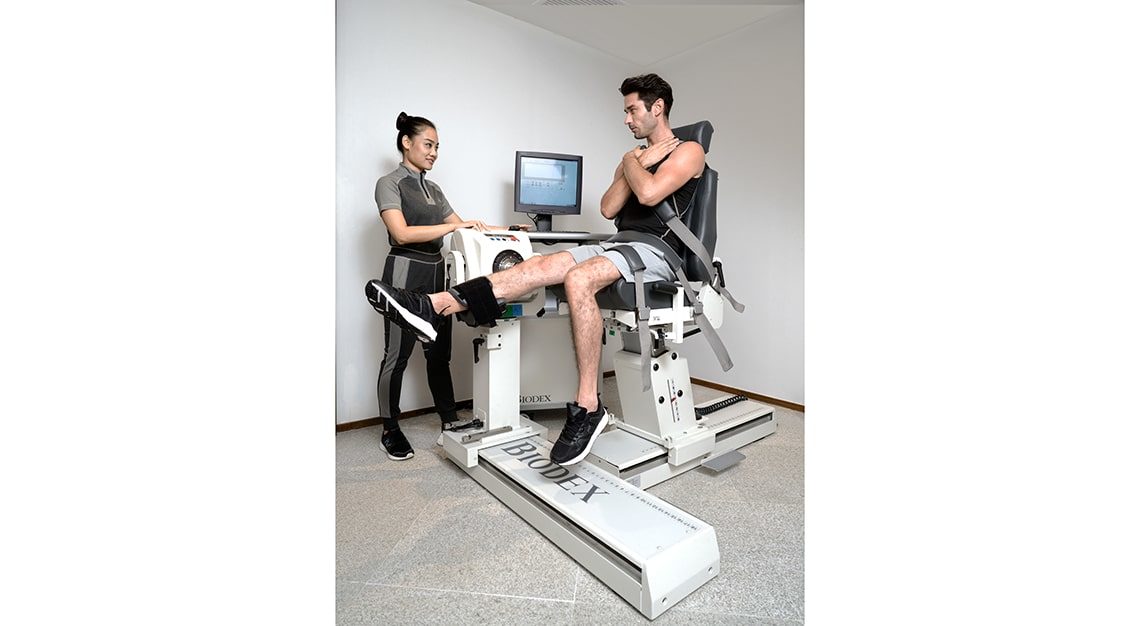
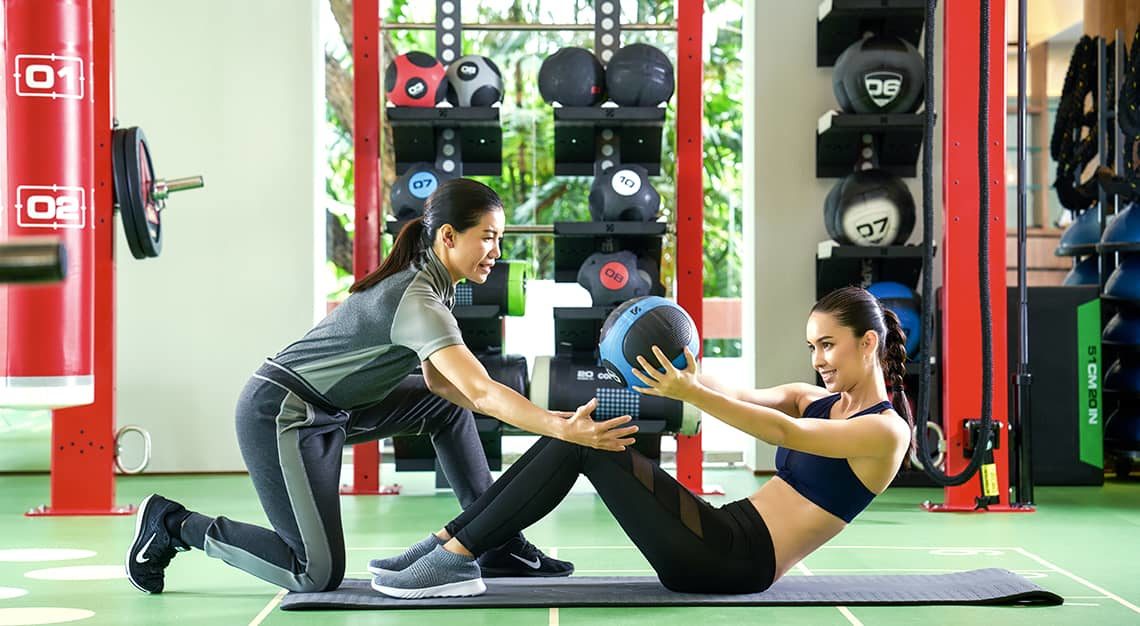
An equally innovative approach is employed at The Farm at San Benito, where assessment tools include Brain Biofeedback (BBF), based on electromagnetic fields produced by living cells. The scanning technology on a BBF machine reads the body’s faint electromagnetic field and charts subtle changes in its structure and function through cartograms and diagrams, down to its organs and cellular status. The guest’s health is then analysed on a subclinical level to determine which areas of his body requires further care.
Meanwhile, at Chiva-Som International Health Resort, the Biofeedback Rebalance therapy uses technology to cultivate emotional wellness, making it thoroughly suitable for individuals who find it difficult to ‘switch off’. Emwave2 technology is employed to monitor and train a patient’s Heart Rate Variability – an indirect measure of one’s automatic nervous system – by gauging interactions between the heart and brain, according to stress levels and emotions.
“This is mindfulness practice without the meditation cushion and incense,” says Dr Jason Culp, Chiva-Som’s naturopathic physician, adding that simple breathing and visualisation exercises enable patients to achieve a state of ‘coherence’ or good physiological balance.
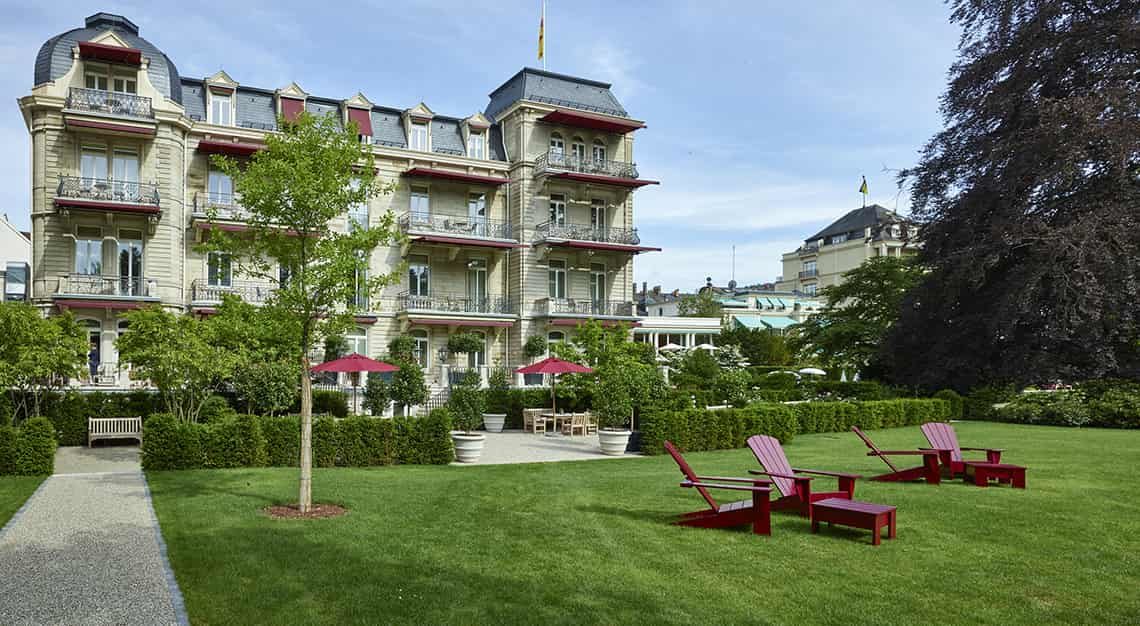
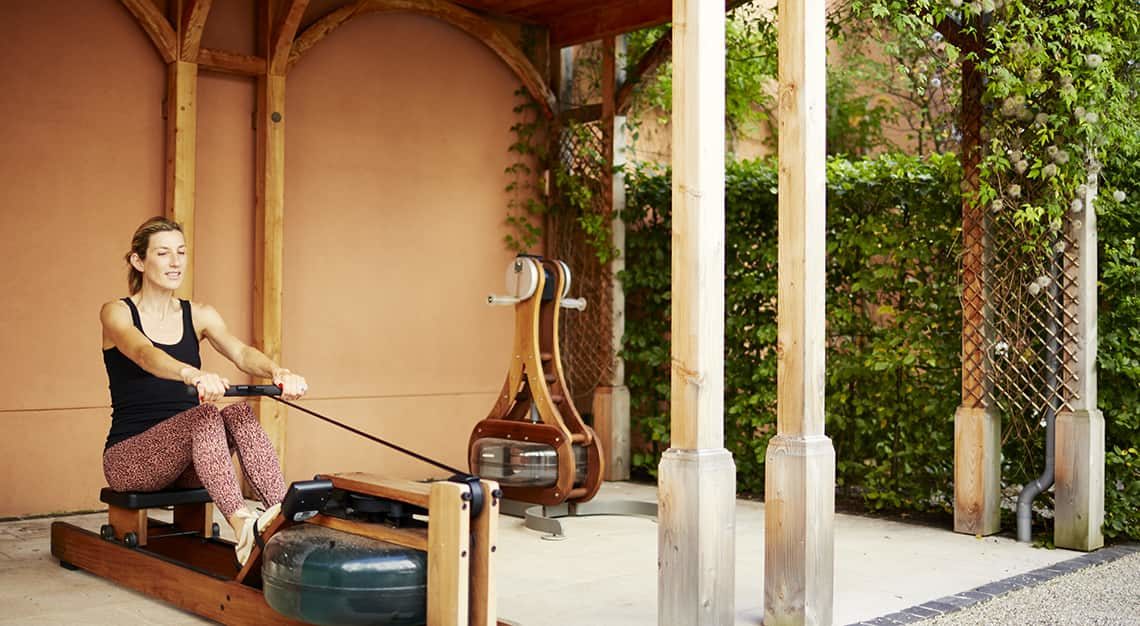
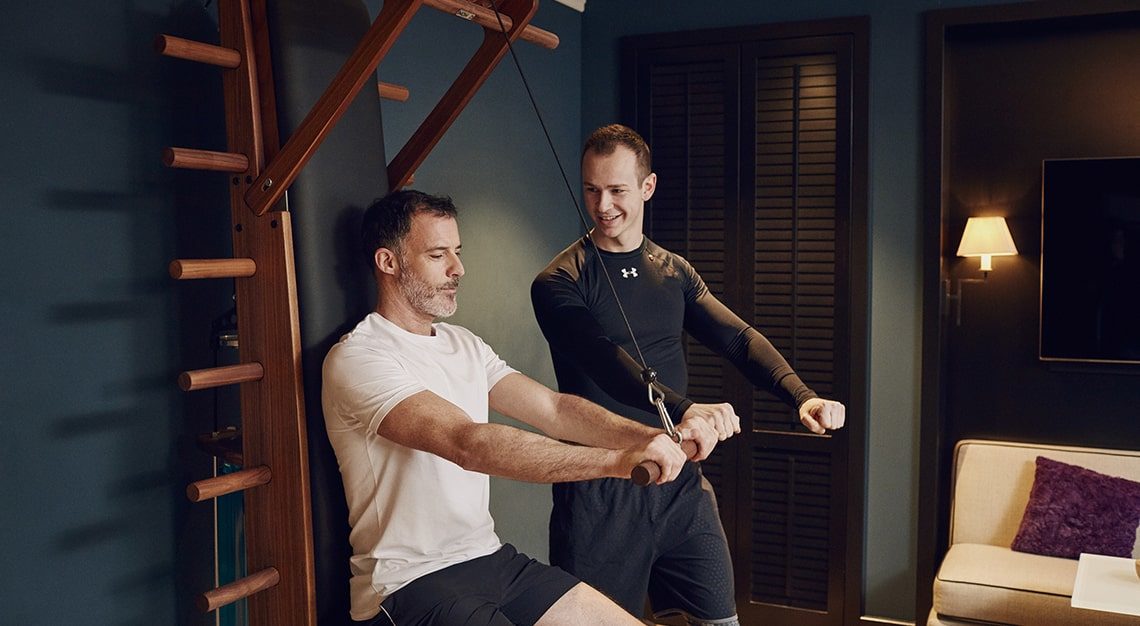
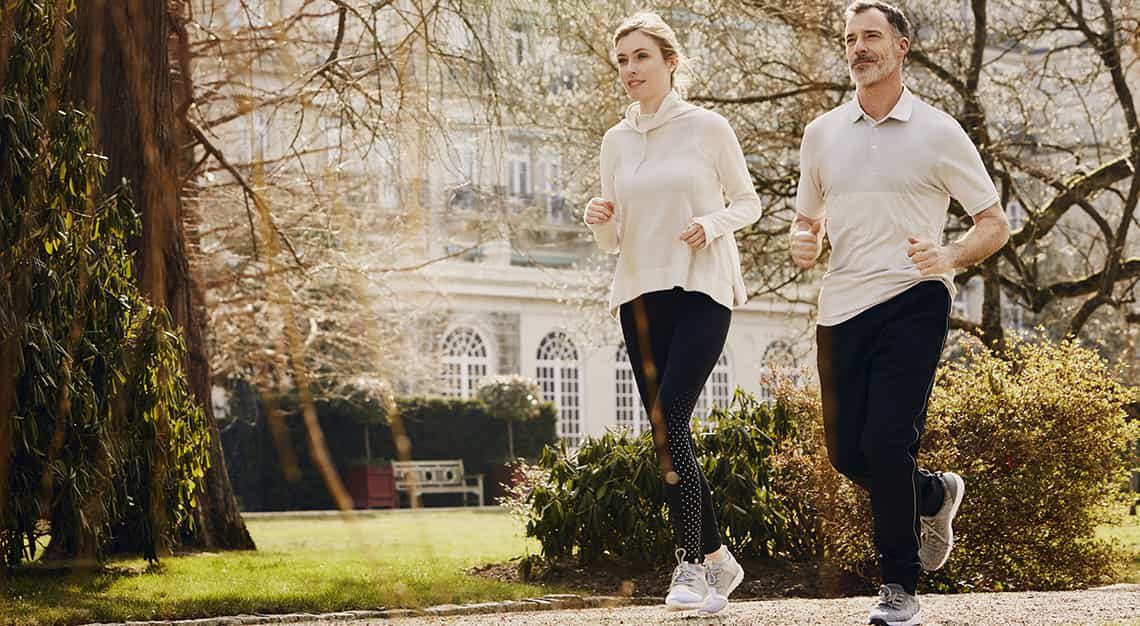
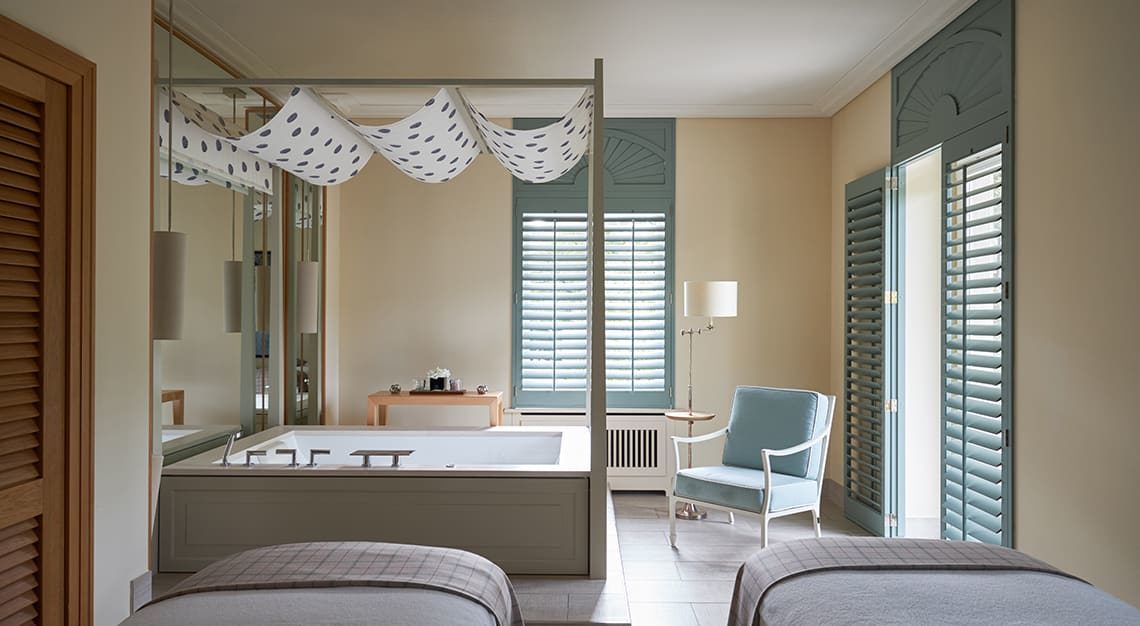
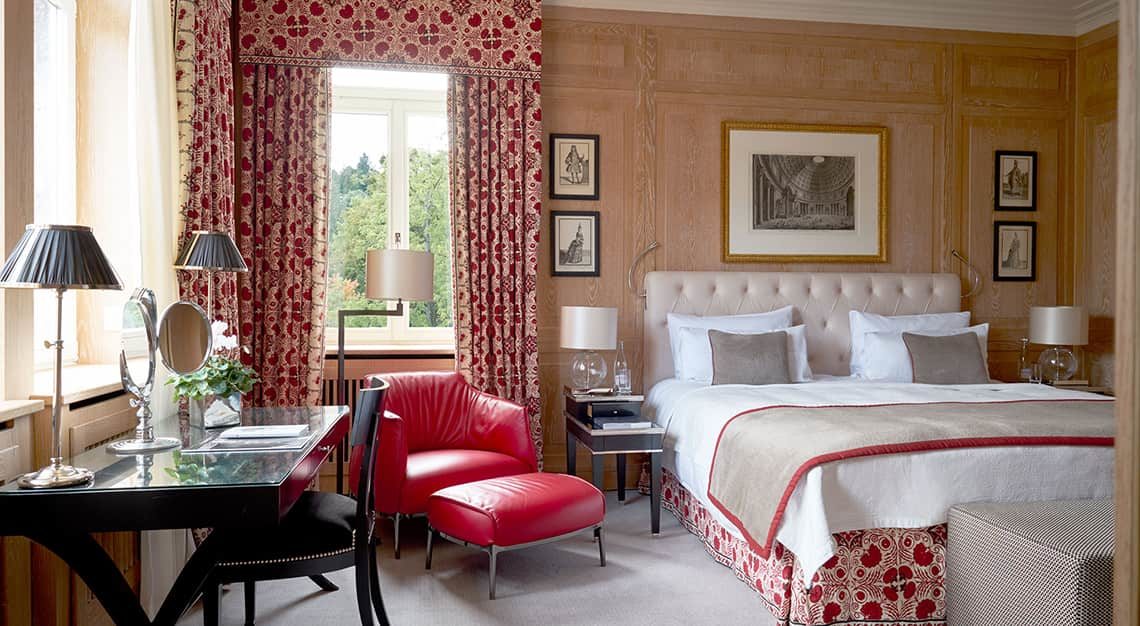
Let nature show you the way
At the opposite end of the spectrum, there are plenty of high-profile wellness resorts that favour eschewing technology almost entirely. So dedicated is Villa Stéphanie to digital detox that 15 of its suites and rooms feature a button whose sole function is to disconnect the electricity supply and Wi-Fi. Beyond that, there’s increasing enthusiasm for forest bathing and tree therapy, which takes its inspiration from the Japanese concept of Shinrin-yoku, where regular walks through forests and natural areas are thought to offer a multitude of health benefits.
At Scandinave Spa Blue Mountain, guests follow a forest bathing trail certified by Canada’s Association of Nature and Forest Therapy that guides them through seven marked stations, moving slowly and deliberately in silence as they rejuvenate their relationship with the forest.
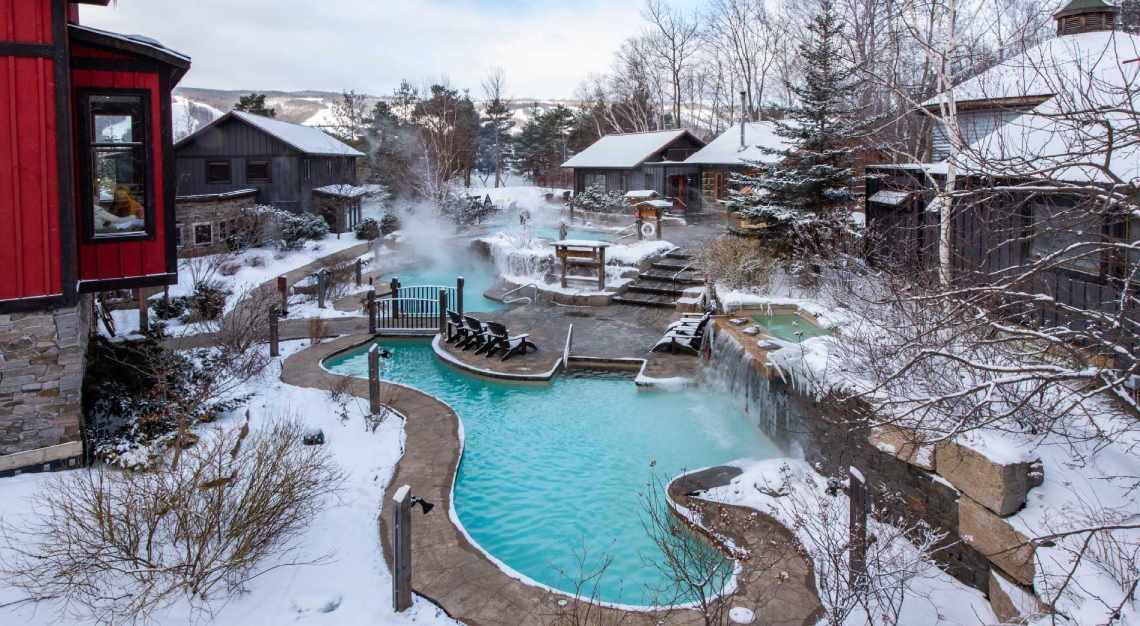
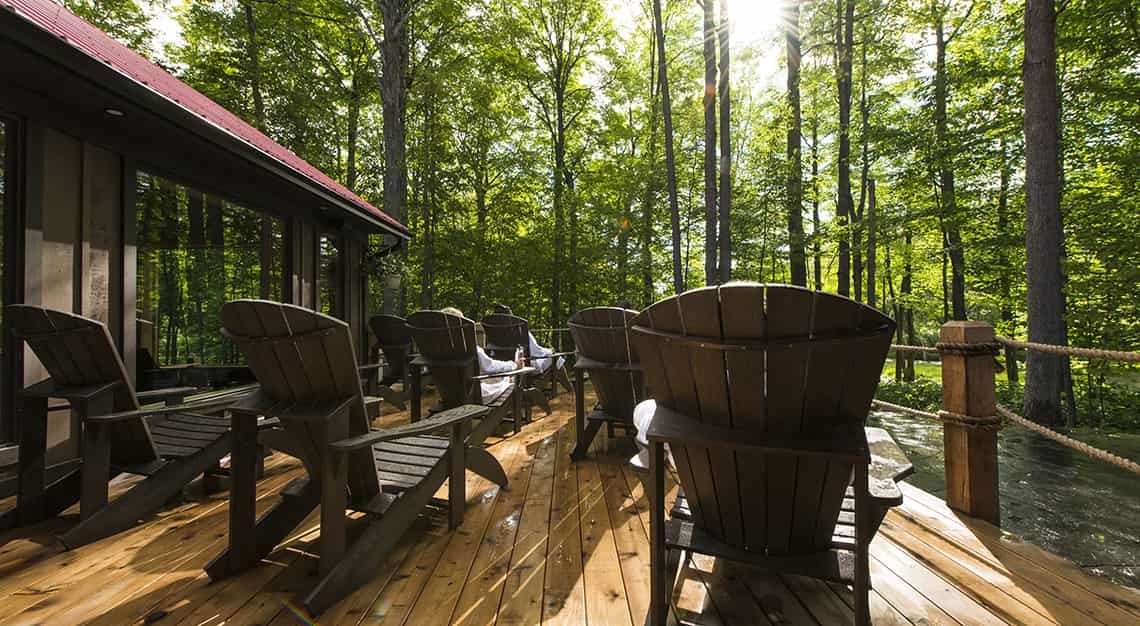
The mindfulness movement – of being in the moment and opening oneself to a different level of sensory awareness – has a considerable presence in low-tech wellness treatments, especially those that encourage guests to strengthen their introspective awareness. If you’re staying at the hot springs resort Hoshinoya Karuizawa, it’s as simple as a bath. The Meditation Bath focuses on total body relaxation and spiritual calmness. Water temperature is maintained between 39 and 40 degrees celsius, making it suitable for long, languid soaks. Guests bathe in a softly illuminated space until their body becomes accustomed to the heat of the spring’s soothing waters, then progress to a space entirely devoid of light, letting their senses gradually sharpen.

Delving into the sauna cultures of Iceland, Scandinavia and the ancient Celts, the Viking Sauna experience offered at Deplar Farm aims to stimulate guests’ immune systems and test their endurance by getting them to spend longer periods in the sauna, geothermal pool and cold plunge pool. It’s not for the faint-hearted – cathartic screaming, birch-whipping, drumming, shots of Icelandic firewater, searing heat and ice-water plunges all come into play. Throw in some breathing technique sessions by way of soothing aftercare, though, and you’re bound to reap the benefits in the form of better sleep and significant stress reduction.
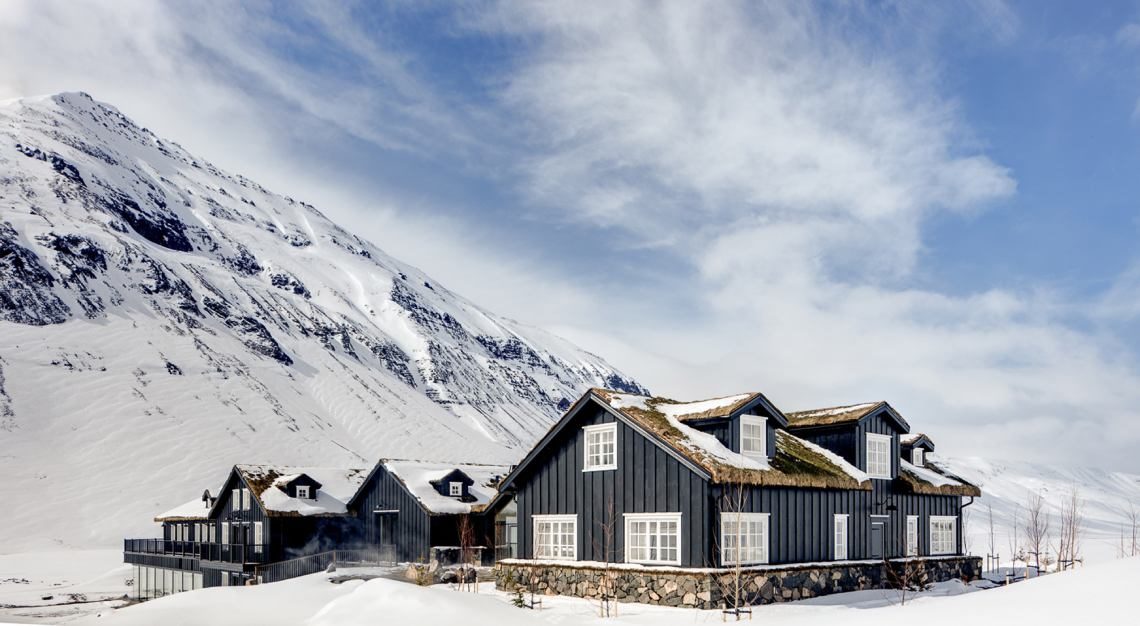
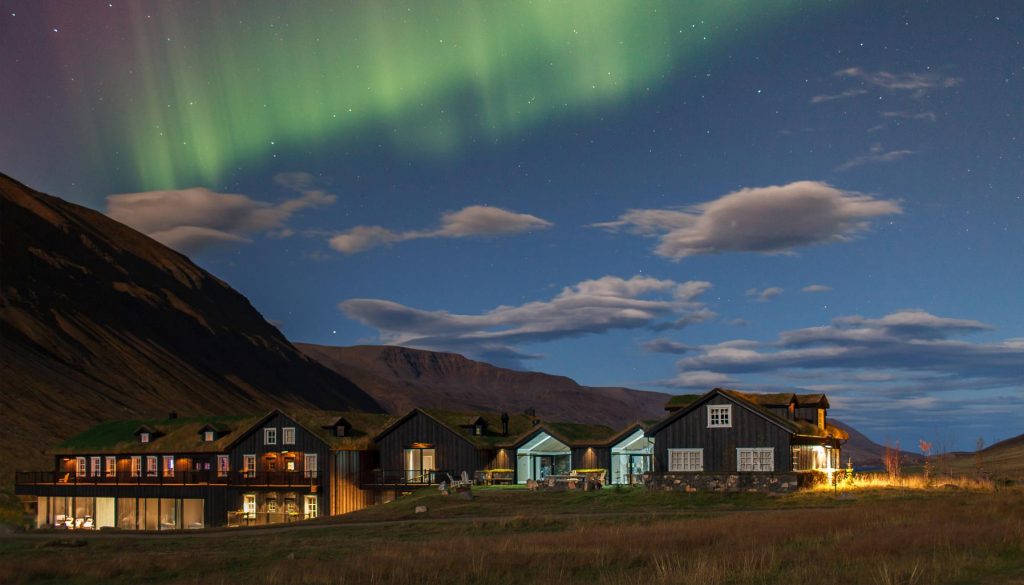
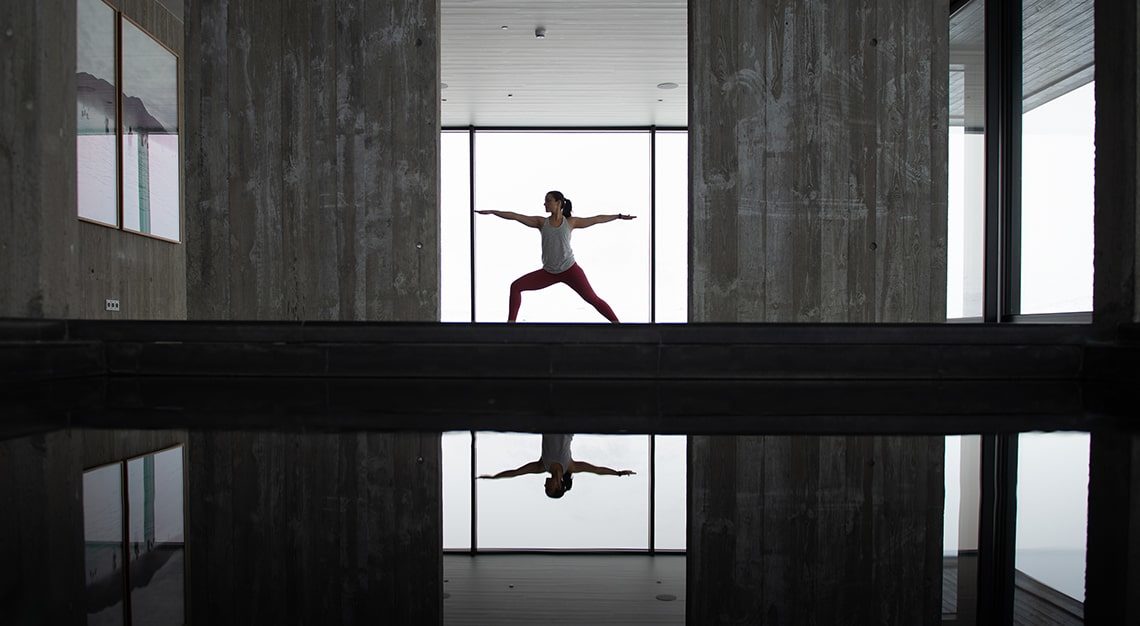
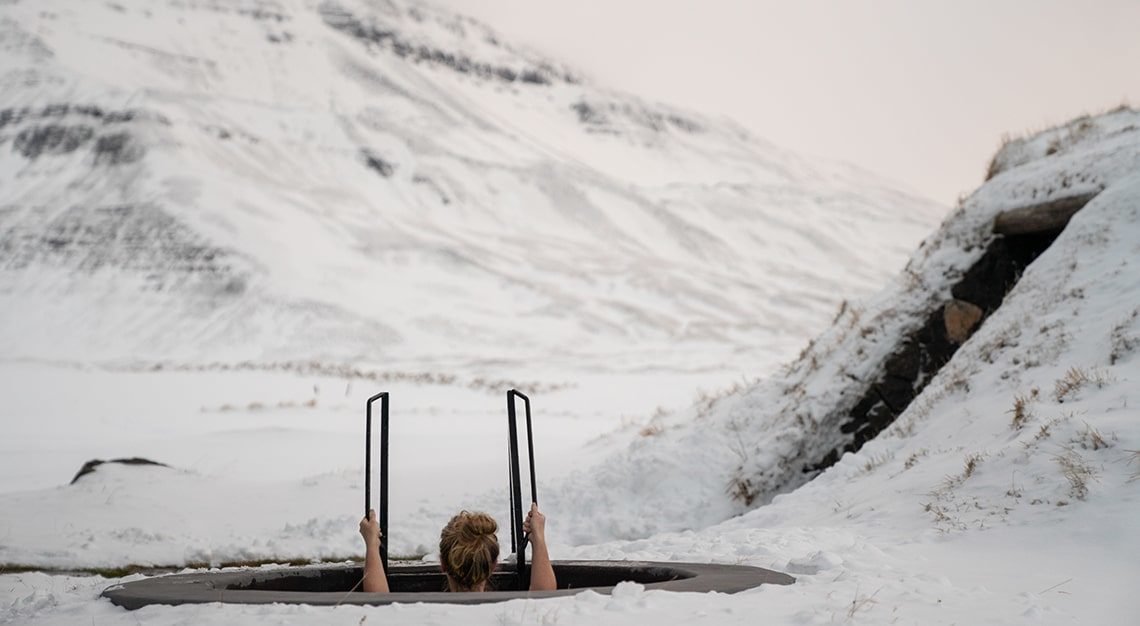
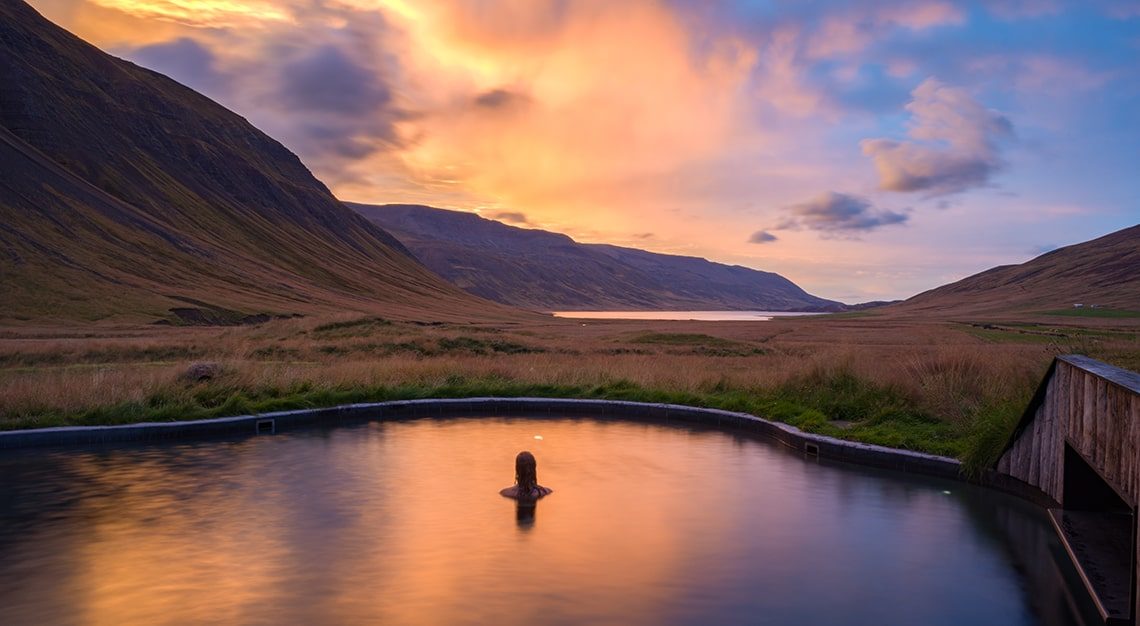
Just as intriguingly, cannabidiol or CBD-based treatments are gathering momentum in certain places in the US, due to its ability to induce relaxation, stimulate receptors in the brain and regulate sleep and appetite, and even relieve chronic pain. Solage in Napa Valley features a 135-minute CBD Mellow Me Out experience that comes with a CBD-infused body scrub and a full-body massage with CBD oil for ‘the ultimate in relaxation’. Similarly, cult New York facialist Ildi Pekar offers a CBD Vibe facial to reduce topical inflammation. She also uses high-tech elements like an electrostatic polarisation massage and oxygenating negative ion therapy for added effect.
Perhaps it’s this combination of high- and low-tech wellness solutions that just might be the best way forward, and from what Frances Geoghegan of Healing Holidays says, the international wellness industry seems to be seeking a happy balance.
“The medical spas of Europe, such as Lanserhof, Vivamayr, Park Igls and SHA Wellness Clinic, are definitely trying to soften their approach,” says the founder of the spa and wellness tour operator. “They highlight either the pampering treatments in the spas to make medical detoxes more palatable or showcase holistic activities such swimming in the lakes, yoga and sleep programmes.

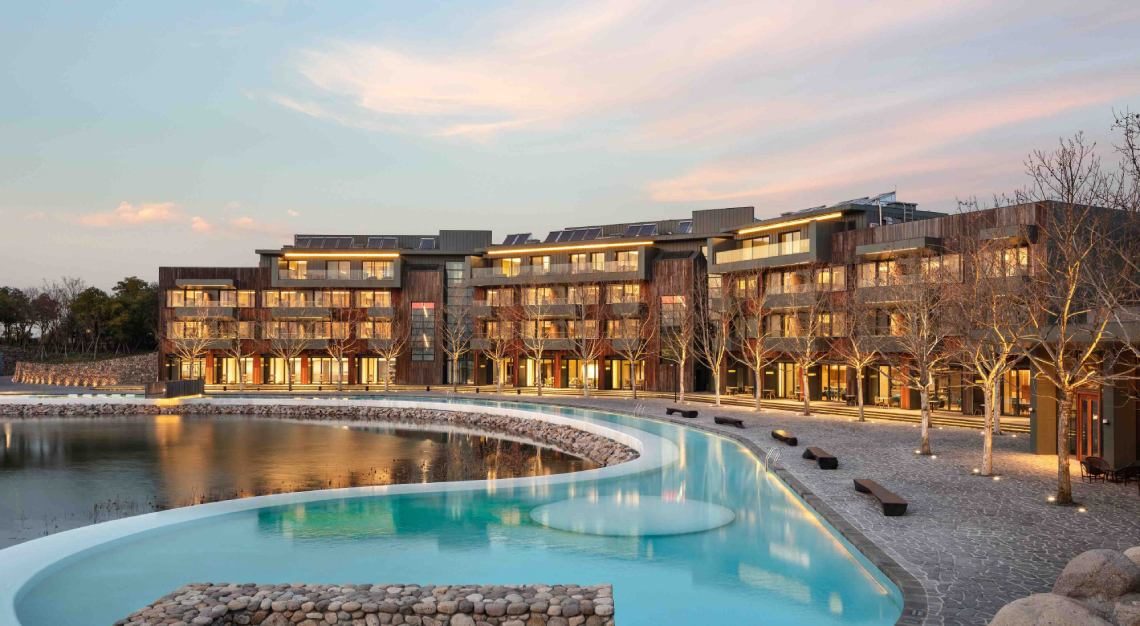
“Grand Resort Bad Ragaz is a cutting-edge medical spa with full diagnostics on site, with its traditional Chinese medicine centre working in tandem with the conventional medical centre,” Geoghegan shares. Pointing to a noticeable trend where prominent medical spas are now combining more pampering treatments with the intention of addressing their patients’ entire holistic well-being, she also identifies a desire for extensive wellness programmes that effectively leave no stone unturned.
“At Villa Stéphanie, its most popular treatment is The Kings Way. It’s a medical MOT (check-up) consisting of 91 treatments over nine days,” she says. Guests receive full medical support, including physiotherapy, liver cleanses, mud wraps, alkaline baths, lymphatic drainage, facials, personal training, and a diet of teas, smoothies and soups.
Sangha Retreat is another that balances wellness with technology. While medical doctors interpret your physical test results and suggest suitable therapies, guests enjoy a daily ritual of wet and dry saunas along with nourishing liquid diets. It also encourages guests to enjoy walks along the lake and visit the Meditation Dome. The dome is said to draw universal energy into its centre for meditators to benefit from alignment, healing and energetic self-awareness. Constructed from Tibetan scales, it sits on quartz crystals to amplify sound healing and meditation experiences, while the opening at the top of the dome captures energy from the rising sun and radiates it towards those around it.
Navigating the line between too much technology and a total lack of it is clearly a tricky business, but as the wellness industry continues to draw from the best from both worlds, it may prove to be the most marvellous balancing act around.
